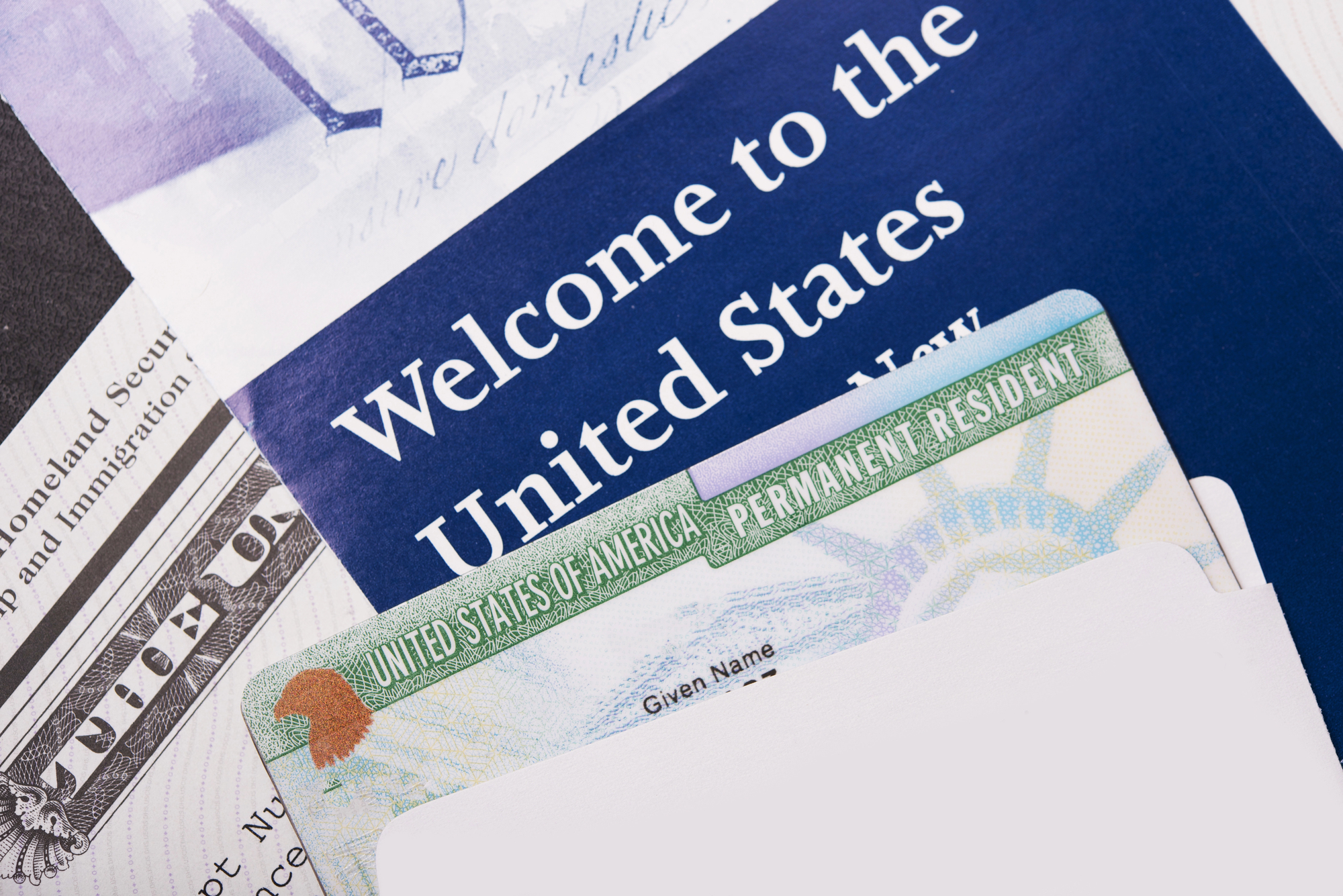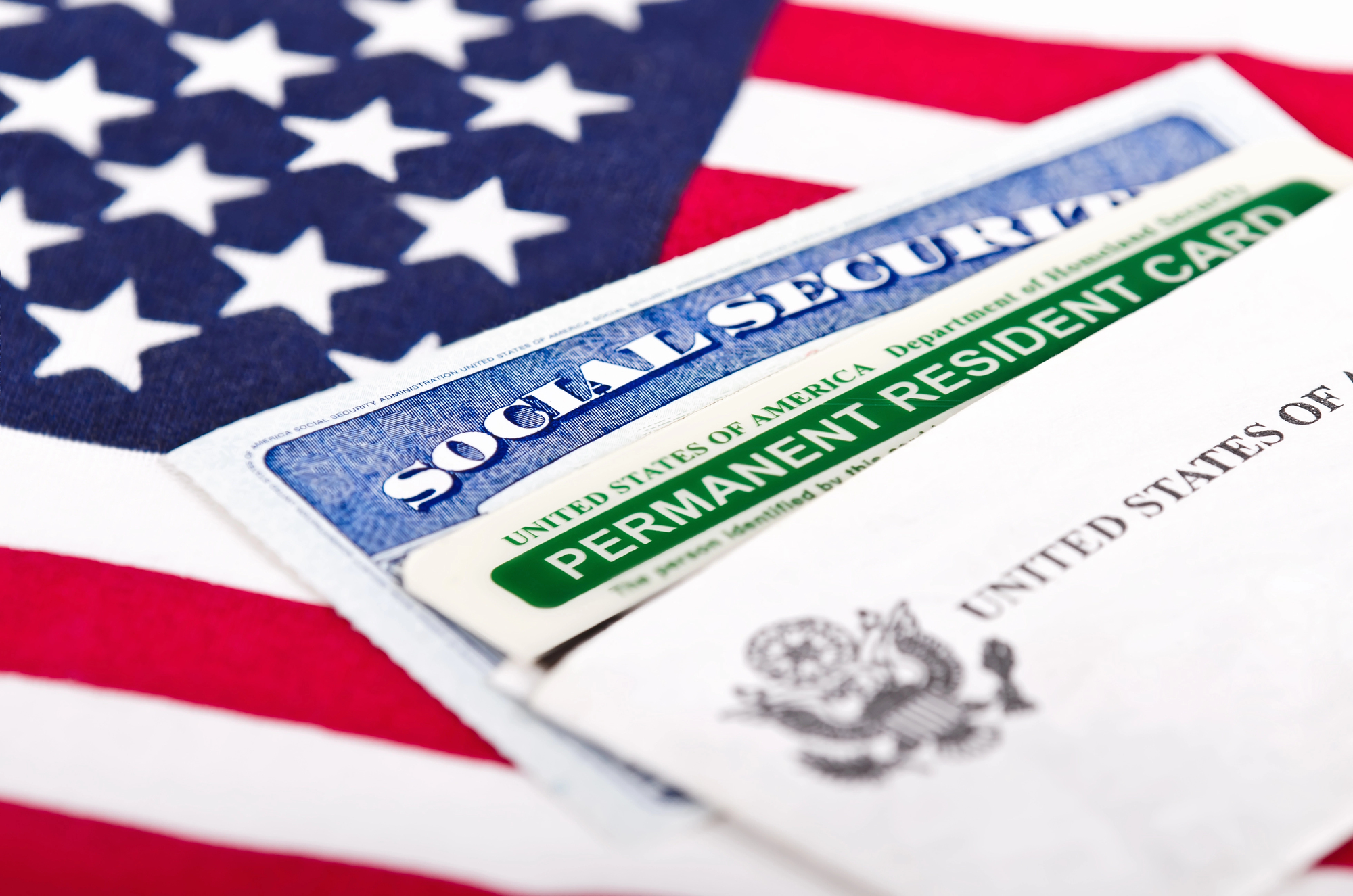The law provides a path to permanent residency—a Green Card—for the husbands, wives, and same-sex spouses of US citizens, as well as their fiancé(e)s. The partners of visa holders working in the US may also be able to establish permanent residency. The more help you have, the sooner you can plan to establish your family in the US.
How Spouses Come to America
You may be able to obtain a Green Card through marriage if your partner, or prospective partner, is:
· A US citizen, whether they were born here or abroad
· A Green Card holder in the US (lawful permanent resident, or LPR)
· A visa holder in the US who adjusts their status to obtain a Green Card
The processes differ for each petitioner, as well as for those who are not married yet.
When One Partner is a US Citizen
A married US citizen begins the process by filing an I-130, Petition for Alien Relative, with the USCIS, together with several supplemental forms. The spouse counts as a relative if they are legally married to a US citizen under any country’s law. Although processing may take some time, visas are always available for citizens’ relatives.
If the petitioner’s spouse is currently in the US, they must file an I-485 Application to Register Permanent Residence or Adjust Status. Spouses who are currently outside the US must apply through consular processing. At the local US consulate, they must submit a DS-260 application and present a number of civil documents, affidavits, and proofs.
If they are not yet married, the US citizen can fill out Form I-129F, Petition for Alien Fiancé(e). After a processing period of several months, the partner will be allowed to apply for a K-1 visa. Once granted, the K-1 visa gives the couple 90 days to get married in the US.
When One Partner is an LPR or Visa Holder
An LPR in the US can also file an I-130 for a spouse or apply for a fiance to join them. However, unlike the partners of US citizens, the partners of LPRs may have to wait to file an application for a visa. This will depend on where the partner is from and how many visas are available for citizens of that country. For citizens of some countries, such as China or the Philippines, it may take several years to go forward with an application.
The spouses of some employment-based visa holders, such as H-1B workers, can come to the US with them on an H-4 visa. If their spouse applies for an adjustment of status to begin the Green Card process, they may do so also. Unless the spouse pursues their own separate visa process, however, their status is dependent on the visa holder’s. An H-4 visa holder is not automatically authorized to work in the US.
Common Problems for Couples
Immigration Status of the Partner
Partners who are currently in the US should have entered lawfully and be lawfully present in the US at the time of application. If a US citizen’s non-citizen spouse overstayed their visa, they can generally still qualify for an adjustment of status. However, the government does not favor petitioners who entered the country on a nonimmigrant visa with the “preconceived intent” of adjusting their status and staying permanently in the US.
Undocumented immigrants who did not enter lawfully are not generally able to get a Green Card or visa through marriage. An undocumented partner must typically leave the US and return lawfully, which can take several years if it is possible at all. However, on June 18, 2024, the DHS announced a case-by-case Green Card approval process for undocumented spouses who have been married to their citizen partner for at least 10 years.
Eligibility of the Partner
A petitioner must also be eligible to enter the US. There are numerous separate grounds for inadmissibility to the US, including:
- A history of “crimes involving moral turpitude”—this covers violent offenses, theft, and fraud, as well as any “reprehensible act”
- Drug-related offenses
- Human trafficking or prostitution
- Health-related grounds, including some communicable diseases and disorders affecting behavior
The petitioner may be eligible for a waiver of inadmissibility on some of these grounds. Others require a waiting period. Speak to an attorney about what the outlook may be in your own case.
Proving a Bona Fide Relationship
The government keeps a sharp eye out for marriage fraud. Couples need to produce documents showing that their relationship is genuine, such as:
- Combined finances—joint bank accounts, bills, etc.
- Leases or joint tenancies indicating that you live together (although living together is not necessarily required)
- Photos and records of weddings, vacations, etc. showing that you live and act as a couple
- Sworn affidavits of others you know who can testify to your lives together
The process also requires an interview with an immigration officer to assess the authenticity of your marriage. This may take place privately or together with your partner. During your interview, on-the-spot knowledge is also important—little details that make it clear you understand your partner’s daily habits, likes, and dislikes.
Let Attorney Aaron Help
As a Houston immigration attorney, Aaron Christensen understands how hard it is to deal with the immigration system, especially in Texas. It’s an emotionally and financially draining process, but when you have a clear plan, you can have confidence in the future.
You can get a free initial consultation in-office or a $50 initial phone consultation—free for out-of-state callers. Contact Attorney Christensen’s office in Houston at 346-423-2375 to schedule your appointment.

 Email Us Now
Email Us Now






